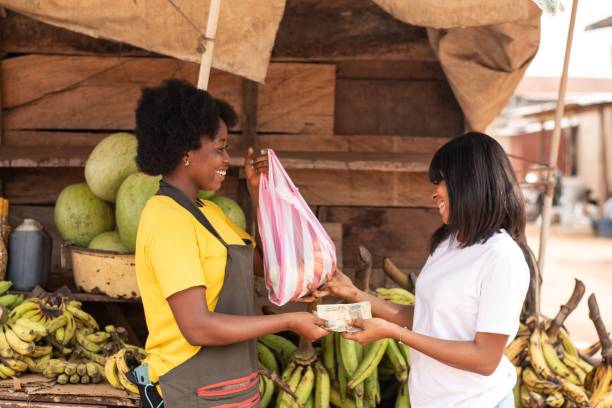Author: Mark Chirwa
Assistant Research and Projects Officer @PAYZ
Within the Digital Financial Services (DFS) space, there seems to be a unanimous agreement among digital payment experts that a well-structured financial ecosystem optimizes the use of banking and payments products and services. By enhancing financial inclusion and digital transactions, countries can reduce the use of cash and thereby benefit from the increased safety, efficiency, and transparency of a cashless economy. Yet there are several forces working against digitalization.
Zambia has bolstered its banking and payments industry over the last few years to increase and improve services for its almost close to 20 million population. These improvements have accelerated largely by the adoption of DFS, especially mobile money as a preferred payment method. The Bank of Zambia, the country’s central bank, working together with financial institutions and other stakeholders, has spearheaded initiatives for the country’s payments landscape in promoting financial inclusion and encourage the use of digital financial services. The initiatives have led to increased product offerings within the country and the number of entities offering various digital financial services.
The prevalence of mobile money payments for example, has surged by over 8,116% in the last six years with the number of active mobile wallets almost hitting 13 million in 2023 with a transaction value of K452 billion relative to only 11 million active wallets in 2022 with a value of K295.8 billion. Zambia’s 39,159 Point of Sales (POS) terminals as at end of 2022 captured over 60,000,000 transactions in 2022, a substantial figure which is also attributed to the increase in DFS use.
Nevertheless, cash continues to reign supreme in Zambia, especially in most rural areas where most of the population is underserved and unbanked. The latest survey on Micro, Small and Medium Enterprises (MSMEs) show that 95.6% of these businesses is still informalized, this is consistent with the country’s labor force report which shows that 76.3 % of the labor force is operating in the informal sector (labor force survey 2022). This highlights the persistent use of cash within informal businesses.
Despite digital payments being available for both customers and merchants, there remains a strong affinity for cash. Why?
Here are five key elements that may be influencing the prevalence of cash in Zambia:
- The Weight of Cash Culture: Cash holds considerable cultural significance in Africa, including Zambia, where people associate it with a sense of assurance and guarantee that other payment instruments may not provide.
- A persistent Informal Economy: Despite dynamic actions taken by the Government to bring small and medium enterprises (SMEs) into the formal economy, Zambia’s 95.6% informality rate remains high. These merchants prioritize cash transactions over digital channels which may be due to a lack of motivation to enhance transparency in their businesses.
- Limited access to digital infrastructure and Network coverage: Despite an increasing rate of mobile phone ownership, not all corners of the country have access to quality mobile network coverage which forms the bedrock for the usage of DFS.
- Low levels of Digital Skills and Literacy: Many smartphone users lack the proficiency to conduct end-to-end payment transactions efficiently. Many people are not familiar with or understand the benefits of using digital financial services. There is still room to enhance the level of digital capabilities of the vulnerable segments.
- Increase in levels of frauds and scams: The increase in levels of scams and frauds on DFS has sparked a certain level of fear, this has contributed to the erosion of trust in the adoption and usage of DFS.
Addressing the appetite for cash and promoting digital payments in Zambia will need to overcome these elements through the following recommendations:
- Digital Education Campaigns and Sensitization programmes: Launch campaigns to educate both retailers and end-users, particularly those in the informal economy, about mobile phone usage and digital payment transactions. An example of this is the “Go Cashless campaign” by the Central bank.
- Promote Digital Payments in the Informal Economy: Establish and promote government incentives to encourage players in the informal economy to formalize their businesses.
- Incentivize payments through digital channels: Develop incentives for customers that enhance their experience (cashback or discount promotions, loyalty programs, etc.) to compete with cash payments.
Through continued partnerships and collaborations, the adoption of and implementation of some of these recommendations by players may contribute to strengthening the payment ecosystem not only in Zambia but other regions may follow suite. In Cape Verde for example, enabling a digital payment landscape is helping to promote the government’s strategic focus on tourism as it expands its economy.






